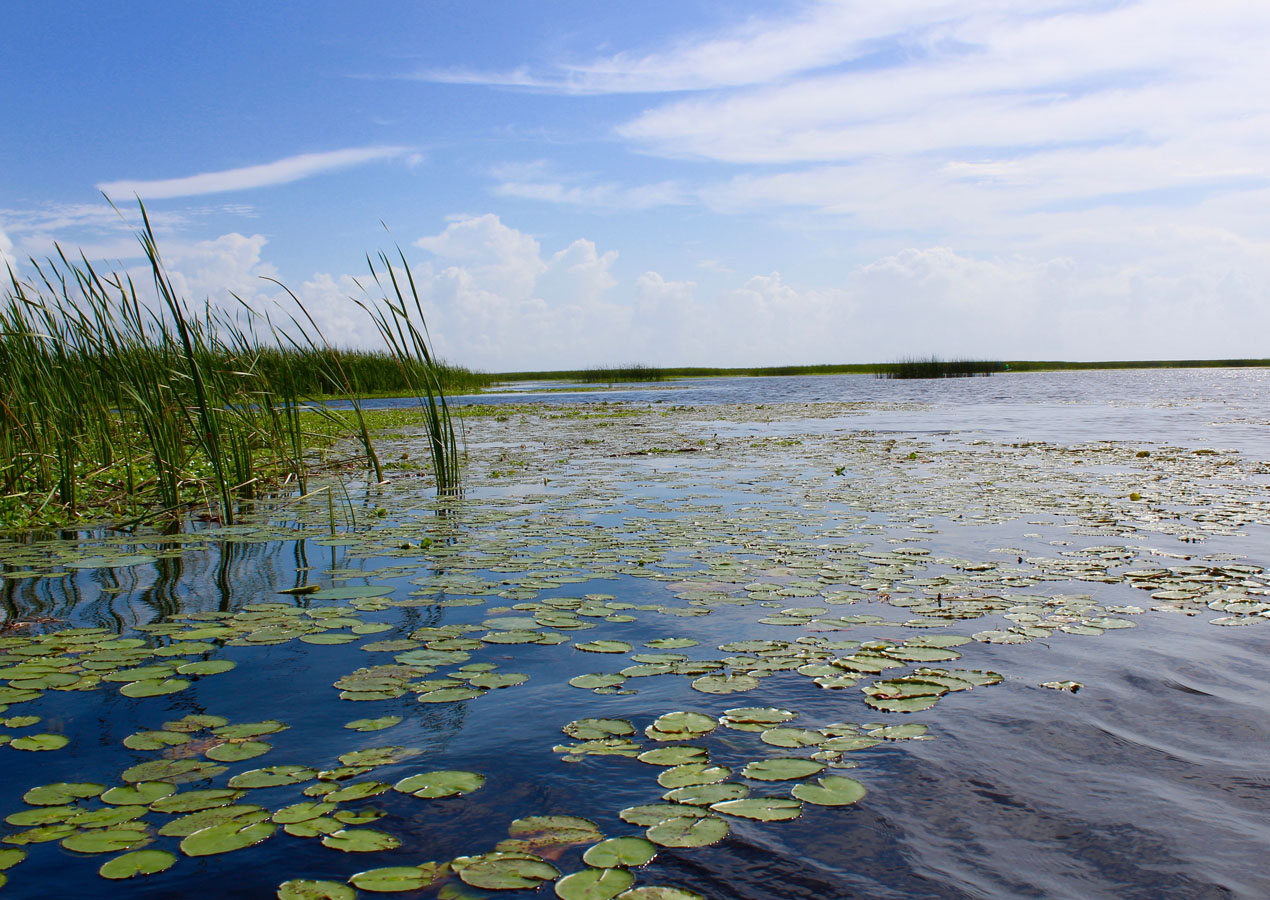
5 Best Fishing Tips for Lake Okeechobee
Posted on October 16, 2018
With a vast surface area of 730 square miles, it’s not hard to understand why Florida’s largest lake can be intimidating to first-timers. There’s a lot of water to cover, and each bulrush point or hydrilla bed looks just as enticing as the next.
Don’t let the amount of water deter you though because there are plenty of bass waiting to be caught. Practice safe boating while taking a few Lake Okeechobee fishing tips into consideration.
1. Consider hiring one of the professional Lake Okeechobee fishing guides to take you out on your initial trip. A professional guide will have in-depth knowledge of the water conditions along with a solid command of seasonal fishing patterns.
2. Make safety your top priority. While you may be excited about getting out on the water and trying some new techniques, always keep safety in mind. Run through your safety gear checklist to ensure you have all of the required equipment, and bring along an EPIRB (GPS) and a personal locator beacon. Remember, EPIRBs aren’t just for large boats; you can bring along the best EPIRB for small boat use and have peace of mind in the event of an emergency.
3. Check the weather conditions prior to your trip and plan accordingly. If it appears that you’ll have some wind to contend with, try fishing the Rim Canal instead of battling the wind out in open water. If you read a Lake Okeechobee fishing report, you’ll often find Rim Canal spots mentioned southeast of Clewiston, near the Moore Haven Lock, and near the mouth of the Miami Canal in South Bay.
4. Popular Lake Okechobee fishing hot spots include South Bay, the Shoal, Monkey Box, Harney Pond and the North Shore. If wind is factor, keep in mind that Harney Pond is a bit more protected than the four other spots. You’ll have better luck if you can find clear water that hasn’t been stirred up by the wind.
5. Have weedless soft plastic baits (Texas-rigged worms or craws) rigged and ready as you use your trolling motor to approach bulrush points. Bass hang out in bulrush year-round due to stable oxygen levels associated with water flushing through the open root systems and an abundant supply of forage.
Since you have a few Lake Okeechobee fishing tips and know what you need to do to be safe out on the water, it’s time to go catch those bass!
Debbie Hanson
shefishes2.com